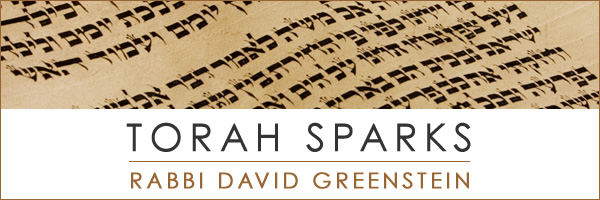Parashat Bo
Exodus 10:1 – 13:16
As our Torah portion draws to a close, so does the long bondage of the Israelites in Egypt. God instructs Moses that the erstwhile slaves, while still in Egypt, must observe a Passover celebration. At the same time, the Israelites are to know that this celebration will become a permanent part of Jewish practice, to be observed from year to year and explained from generation to generation.
When our children ask us why we observe the seder, the Torah tells us to instruct them:“This is a Passover to the Eternal One, Who passed over the homes of the Children ofIsrael when He smote the Egyptians and saved our homes.” (Ex. 12:27) This verse, in the standard translation, explains that the Hebrew name Pesah means “passover.” But ancient and later translators and commentators have offered another translation. The Targum (the ancient Aramaic translation of the Torah from about 2000years ago), followed by Rashi (1000 years ago) and others, explain that the word actually means “to hover in compassionate protectiveness.” Thus, God is pictured, not as skipping over the Israelite homes, but as hovering over them to lovingly protect them. Passover would thus be – the Holiday of Loving Protection or Solicitude.
If we take this image to heart we gain a new dimension to our understanding of the Jewish holidays. Passover is the calendrical correspondent to Sukkot. Each holiday is set exactly seven months apart from the other holiday, Passover at the full moon in the first month of the Jewish calendar and Sukkot at the full moon in the seventh. With this alternate translation of the name for Passover, we can appreciate that both holidays celebrate the Presence of God hovering above us.
Yet, there is a big difference between them. The holiday of Sukkot is observed through our construction of a structure that reminds us of God’s hovering presence. Why do we not do something similar for Passover? I think the answer lies in the difference between the purposes of the two acts of hovering by God. The Sukkot model is about God embracing us and showering us with blessings all during our wanderings in the desert.God’s hovering was an active factor in our experience.
But the purpose of God’s hovering in Egypt was not to bestow blessings upon us, but to create an open space for us, a space for us to grasp our own freedom. The holiday of Sukkot asks us to passively sit under the shade of the Sukkah, basking in the hovering Presence of God. The seder asks us to actively seize our freedom, to ask questions and to argue and converse freely and openly, the way no slave could.
This openness is expressed quite powerfully in our present-day observance of the Passover seder. Our ancestors, at the first seder, were warned to lock their doors up tight.Now that we are free, we celebrate the seder by opening our doors in the middle of the night, to welcome Elijah, the prophet of freedom and redemption. This is the paradox of freedom. God may perform miracles in order to grant us freedom, but only we can actively grasp it and live it every single day.
Shabbat Shalom
Rabbi David Greenstein
- Toby Stein: In Memoriam - Thu, Feb 8, 2024
- Faithfulness and Hope: Parashat Sh’lach - Thu, Jun 23, 2022
- Past Their Prime: Parashat B’ha`a lot’kha - Thu, Jun 16, 2022

